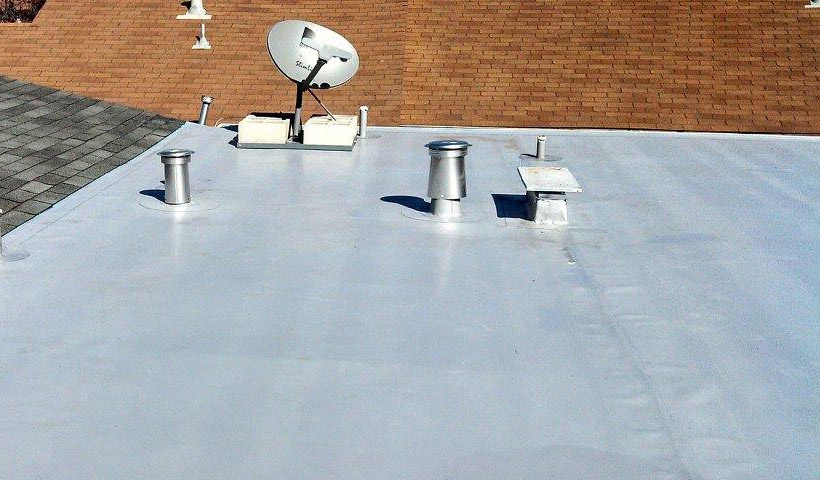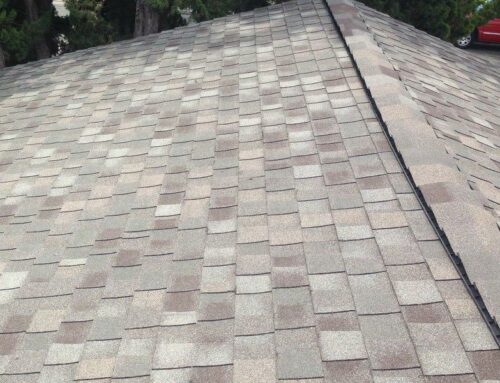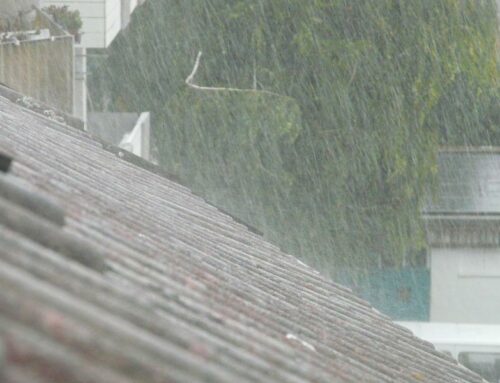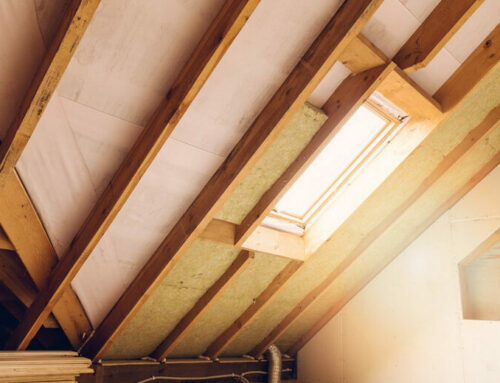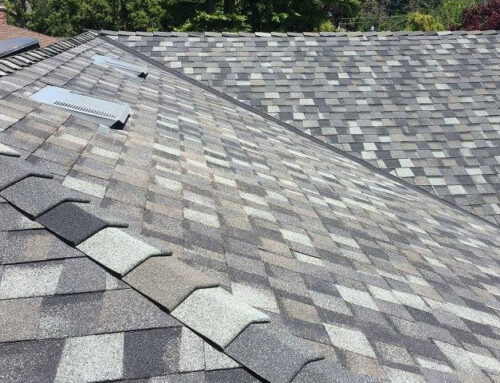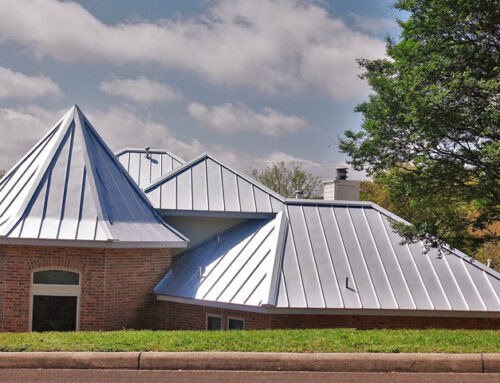If you’re standing on the ground, looking up at a building with a flat roof, it’s almost as if they have no roof at all. Maybe it’s this mystery that makes flat roofing a bit more enigmatic than shingle roofs. They might be hidden from your direct view, but flat roofs are fascinating. Here are seven things you didn’t know about flat roofing.
1. Flat Roofs Need to be Sloped
Sure, they look flat, but flat roofs actually have a very small slope. They need this to provide positive drainage for the water. The roof will have several drains, and the water needs to move towards is. You can expect a flat roof to have a slope of about a half-inch per foot. It’ll look perfectly level to your eye, but it’ll be much more efficient at draining water.
2. Flat Roofs Need to be Insulated
Flat roofs need to have insulation in order to retain the building’s heat in the winter and cool air in the summer. The insulation needs to be incorporated into the roof system, which includes lots of other components.
3. Flat Roofs Can Attract Birds
Unfortunately, the wide-open space of a flat roof can attract birds. They may nest on the roof or use it as a source of water or as a place to eat (if they are a bird of prey.) You can use many different strategies to deter birds, from strips that stop them from landing to fake owls and other predators.
4. Drainage is Critical on Flat Roofs
Flat roofs don’t have gutters. Instead, water drains out of dedicated drainage lines that can be either internal to the building or along the side. If something happens in those drain lines, the roof can be put under serious pressure from the weight of the water. Therefore, having a professional clean out your drain lines and prevent issues with them is important.
5. Flat Roofs Can Be More Energy-Efficient
If you want the most energy-efficient kind of roof, you probably want a flat roof. They can be outfitted with highly reflective layers that bounce light and heat off the building. This can significantly reduce your energy costs by making it easier to cool your building in the summer.
You can take this a step further and install plants on your roof in what is called a green roof. The plants can reflect more heat and also achieve other green goals like supporting local wildlife, growing native plants and making the city as a whole a little more beautiful.
6. There are New Kinds of Flat Roofing
Most people who know a bit about flat roofs are familiar with built-up roofing (BUR), which is a series of layers of gravel and asphalt. This kind of roofing was effective, but it was also hard to repair and manage. Now there are many new options for flat roofing, like EPDM and TPO.
7. Some Flat Roofs are Farms
You can grow plants on flat roofs, so some property owners have taken to growing edible plants up there. Flat roofs make for all kinds of exciting possibilities like this, including restaurant gardens, apartment building gardens and more.


